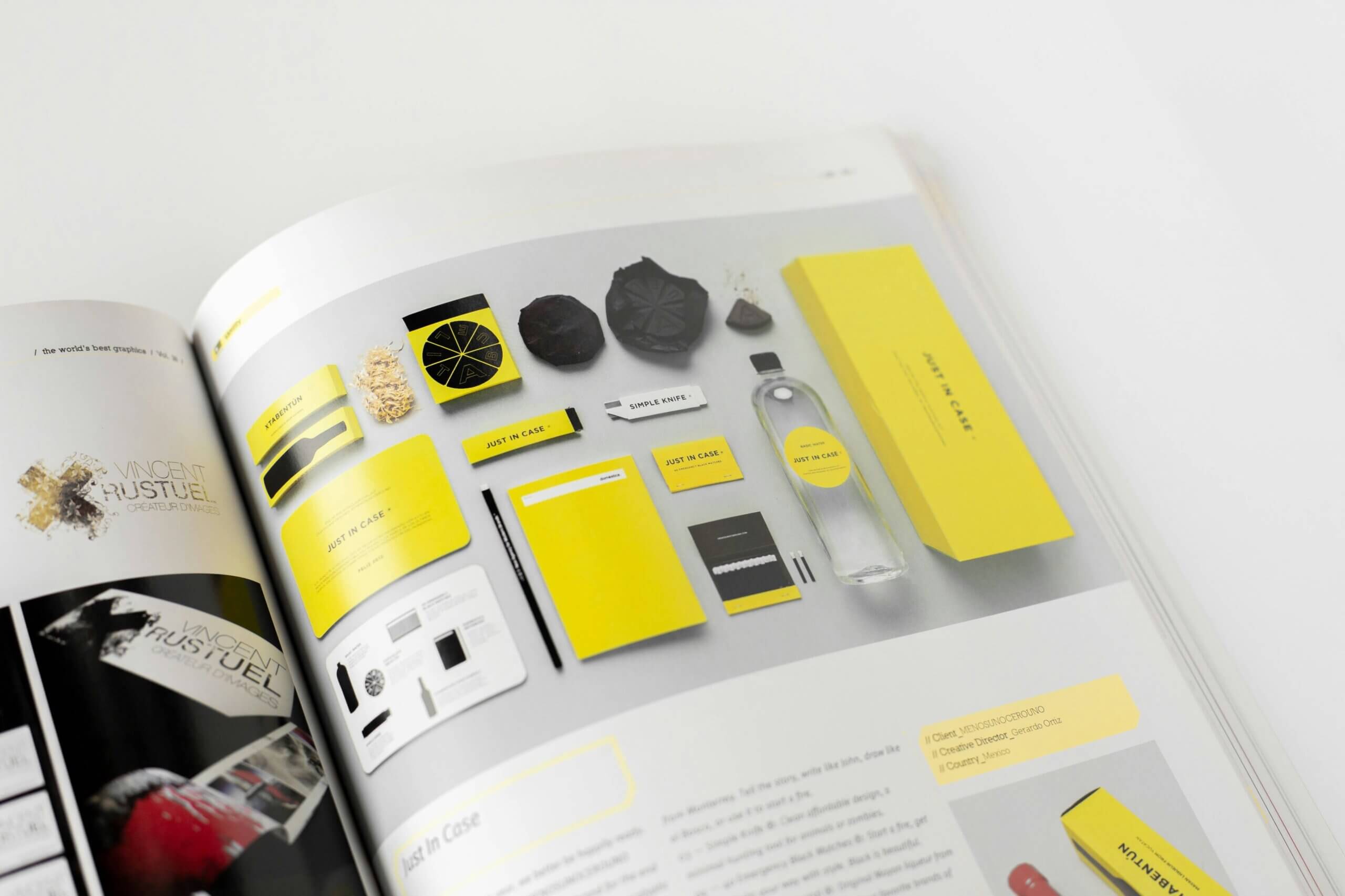Iconic brand mascots are some of the most recognizable faces of major corporations.
These colorful characters symbolize companies’ core values and connect emotionally with target audiences across generations.
In recent years, advanced 3D animation technology has allowed marketers to bring their signature mascots to life like never before – enabling brands to leverage these beloved figures in creative content marketing campaigns spanning digital media, television commercials, experiential activations, and more.
The Evolution Of 3D Animation
While traditional two-dimensional (2D) animation laid the groundwork for iconic brand mascots over the past century, innovations in computer-generated imagery (CGI) and 3D tools have unlocked unprecedented possibilities for dynamic character animation. From feature films to video games, 3D animation has enabled richer worldbuilding and interactive storytelling grounded in physics-based environments.
Audiences have come to expect smooth, highly complex character animations with lifelike qualities. At the same time, 3D production pipelines have become streamlined and more cost-effective. This critical inflection point has allowed marketers to produce photorealistic CGI mascot animations that captivate consumer attention across touchpoints.
Pioneering 3D animated films like Toy Story demonstrated lifelike characters exhibiting convincing emotional expressions and fluid motions back in 1995. However, the computing power required for such CGI animation was exclusive to major Hollywood studios at the time.
The specialized skills and long production timelines were only practical for big-budget feature projects. This relegated brand mascot animation to traditional 2D methods. Simple movements, repeating loops, and dated aesthetics characterized early brand mascot animations throughout the late 1990s and early 2000s.
The 3D animation industry rapidly matured over the following decades. Faster processing unlocked more complex algorithms for elements like physics simulation, lighting effects, cloth motion, and facial rigging. Streamlined production pipelines enabled creators to iterate quickly. The emergence of cloud computing through the 2010s brought cinema-grade rendering capabilities to a wider range of studios.
These cumulative innovations, along with competitive pricing, expanded the accessibility of high-quality animations through 3D animation studios. Agencies and creative teams could suddenly achieve photoreal CG output rivaling major entertainment brands.
Today, creating a fluidly animated brand mascot with true-to-life integrity is viable even beyond Fortune 500 marketing budgets. The skills and technical infrastructure now exist to breathe new dimensions into previously static icons. This key milestone gives marketers immense creative freedom to reinvent brand equity in digitally immersive experiences.
Bringing Personality And Backstory To Life
Skillful 3D character animators breathe new dimension into beloved – but previously static – brand mascots. Nuanced facial expressions, speech synchronization, unique mannerisms, and contextual interactions develop a distinct personality. Backstories unfold through serialized content woven into engaging narrative arcs.
Consumers form para-social relationships with mascot characters who demonstrate human-like emotions and domains of knowledge. These aspects humanize CG brand ambassadors in memorable ways while preserving their core visual equity. Pepsi’s globe-trotting thrill seeker Pepsi Man, The AFLAC Duck’s humorous injury hijinks, and the GEICO Gecko’s cheeky adventures demonstrate the new breadth of storytelling now possible.
Mascot Animation In Marketing Campaigns
Once solely used in TV commercials, animated mascots now anchor expansive digital marketing strategies. Prolific video sharing on social media, branded entertainment videos, and sponsored influencer content bring mascots front and center before relevant audiences.
For example, Charmin’s lighthearted Potty Pal characters frequently post potty humor videos engaging the toilet paper brand’s online community. Brands take advantage of viral marketing by producing buzzworthy animated shorts. After Wendy’s released a video depicting their pigtailed mascot throwing Internet shade, media outlets reported on the sassy social stunt. Event sponsorship, social AR lenses, and interactive microsites also immerse consumers in mascot-driven worlds.
The Kool-Aid Man’s recent gaming site and Manchester City’s digital meet-and-greet with fans demonstrate the range of activation possibilities. Agencies leverage tools like Spark AR to create frames and filters that insert CG mascots into selfies and Stories. Brands also commission YouTube influencer collaborations, merging mascot animation with live-action sketches. These creative marketing integrations grab attention while consistently reinforcing brand image and messaging around core values personified through characters.
Technical Considerations And Best Practices
While CGI tools enable nearly endless creative choices, brands must also consider practical implications. Mascot face and body rigging should allow for versatile movements and expressions that maintain consistent aesthetics across future animations. Character technical direction requires adapting to new animation techniques like cloth simulation for capes and cloaks popularized through the Marvel Cinematic Universe.
File sizes for high-quality 4K animated footage demand robust cloud rendering pipelines not bogged down by the limitations of local desktop workstations. For optimal visibility and performance, marketers must also optimize mascot animation delivery for target devices like smartphones and tablets. These technical considerations are critical infrastructure for sustaining mascots as living brand symbols instead of one-off creative experiments.
Long-Term Approaches To Iconic CG Mascots
Ongoing campaigns rely on foundational brand style guides governing character appearance, movement, and environmental interactions over months or years of animations. Campaign introductions typically involve hero establishment shots unveiling the 3D mascot design through rotating camera views. A clearly defined personality emerges through scripted monologues or exchanges with other characters.
Ensuing shorts and clips showcase signature gestures and gags. Technical directors rig facial morph targets analogous to human muscle groups, allowing subtle expressions that avoid falling into the uncanny valley over excessive exaggeration. Movement planning retains consistency between shorts instead of drastically altering canon mechanics.
These best practices preserve a coherent mascot identity across episodic narratives. Campaign architects plot out multi-video arcs in the same way as television seasons. Scripting also foreshadows ideas for future content based on viewer engagement analytics. Callbacks reward loyal audience investment, similar to Marvel’s cinematic universe, while leaving room for improvisation. Long-form narrative techniques maximize IP value from mascot CGI assets and deepen audience relationships over time.
Branded CGI Mascot Content Genres
CGI mascots empower a breadth of content formats extending beyond traditional marketing. News parody shorts comment on zeitgeist moments with the mascot’s humorous take. Holiday-themed episodes drive engagement during seasonal peaks. Educational explainers tackle relevant topics or brand history lessons with the mascot-playing teacher.
Behind-the-scenes videos pull back the curtain on production design discoveries, animation challenges, and actor recording sessions for fans craving insider perspectives similar to DVD extras. These varied content genres provide ongoing value beyond sales pitches alone. They offer audiences new reasons to reengage while expanding the mascot’s story world. Through consistent videography and messaging woven across genres, each release further cements brand identity.
The Dynamic Future Of Mascot Animation
As 3D tools and animation talent become more accessible to content producers of all scopes and budgets, brand mascot animation will animate marketing touchpoints big and small in the years ahead. Advancements in real-time rendering, virtual production technologies, and augmented reality hint at a mixed-reality future where iconic brand characters inhabit virtual storefronts, interactive product packages, and digital experiences in truly immersive ways.
Emerging platforms like the Metaverse promise hybrid experiences, blending CG media with tangible environments and merchandise. Marketing activations could allow personalized mascot interactions informed by data insights on consumer preferences and behaviors. 5G networks and new Devices enable fluid mobile AR gameplay mechanics pitting consumers against contextually relevant mascot challengers – creating next-generation loyalty programs powered by interactive CGI vignettes instead of static rewards points.
Conclusion
The persona and stories of these cherished mascots will continue evolving in our popular culture. However, the through-line binding this journey together is animation’s uncanny ability to manifest imagination into a believable visual medium that transcends physical limitations.
3D animation adds a new dimension to anthropomorphic brand mascots, ensuring their pop culture relevancy and marketing appeal for digital-native generations ahead.




